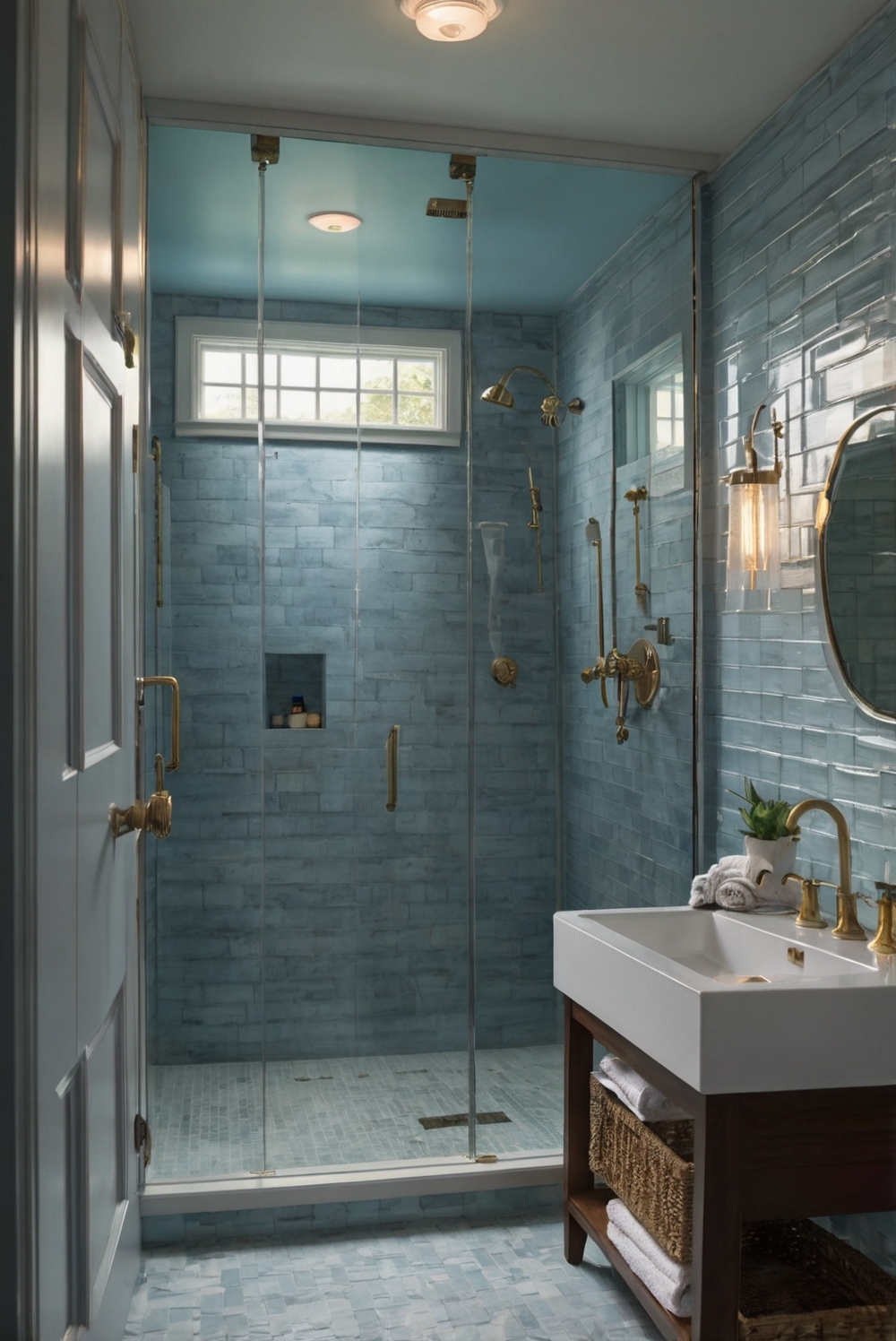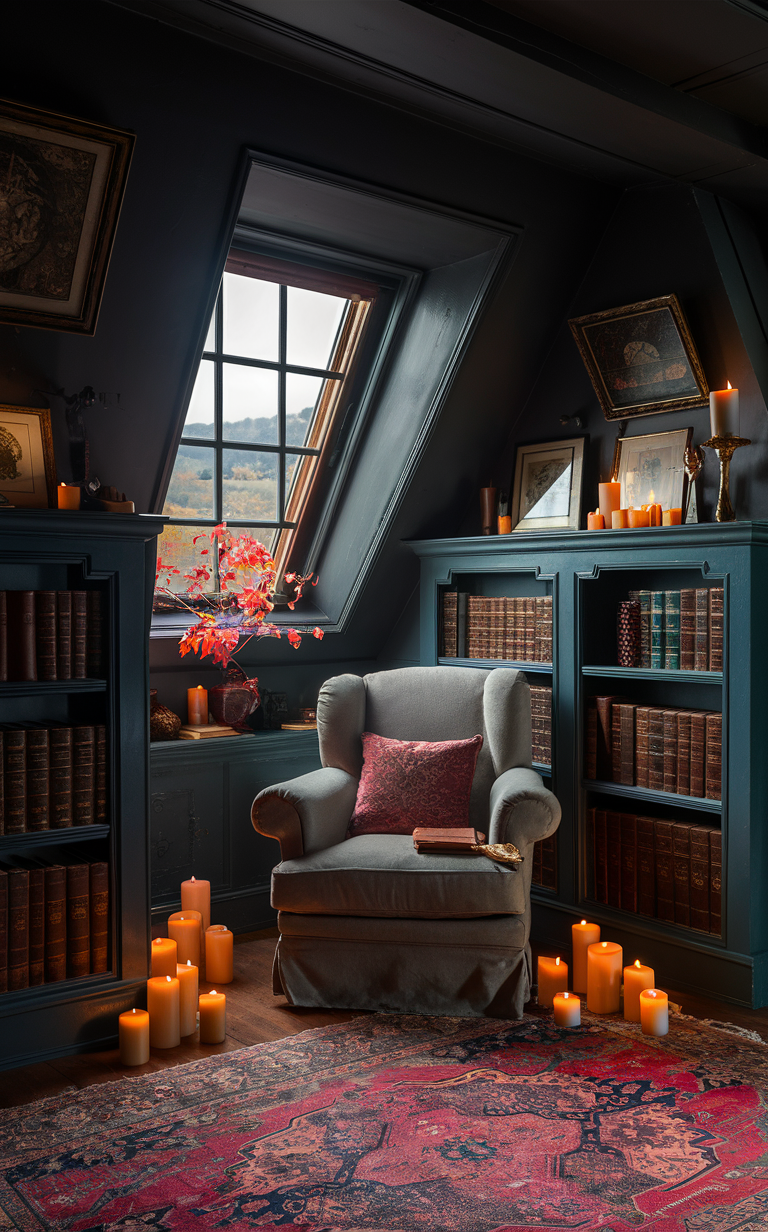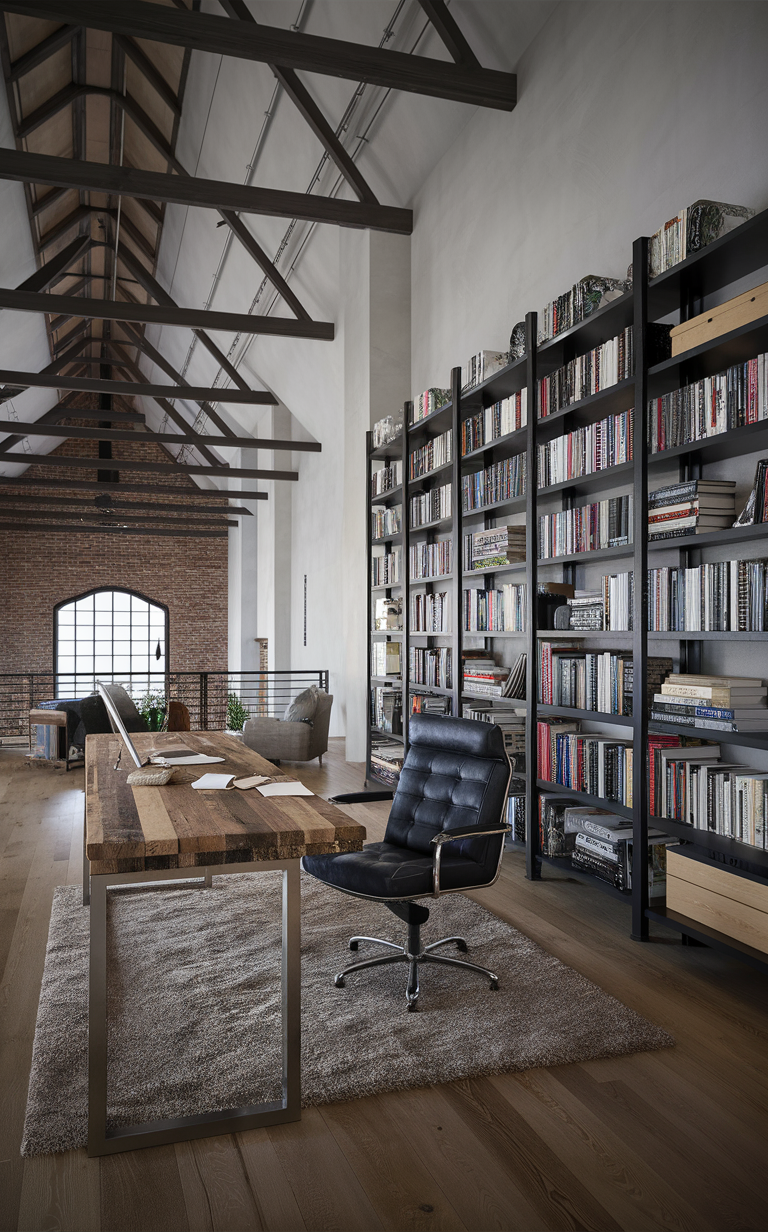Discover the most effective lighting solutions for a dimly lit bathroom to brighten up your space efficiently. Optimize lighting options for better illumination in a room with limited natural light.
**What Are the Best Lighting Options for a Bathroom with Limited Natural Light? (Illuminate with Efficiency)**
*The best lighting options for a bathroom with limited natural light are:*
1. **Overhead Lighting**: Install a bright overhead fixture to illuminate the entire space.
2. **Vanity Lighting**: Use sconces or vertical fixtures on either side of the mirror to provide sufficient light for grooming.
3. **Task Lighting**: Add under-cabinet lighting for targeted illumination around the sink area.
4. **LED Lights**: Opt for energy-efficient LED lights to save on electricity costs and ensure long-lasting brightness.
By combining these lighting options, you can effectively illuminate your bathroom, making it both functional and visually appealing.
Creating a well-lit bathroom with limited natural light can significantly enhance the overall ambiance and functionality of the space. Here are some effective lighting options and strategies to brighten up a bathroom with minimal access to sunlight:
1. Start by maximizing natural light: If your bathroom has limited windows, consider using sheer curtains or frosted glass for privacy without blocking natural light. Installing a skylight or using a light tube can also bring in more sunlight.
2. Opt for LED lighting fixtures: LED bulbs are energy-efficient, long-lasting, and produce bright light, making them ideal for bathrooms with limited natural light. Choose fixtures with a high color rendering index (CRI) to ensure accurate color representation.
3. Select the right color temperature: For a brighter and more inviting bathroom, go for LED bulbs with a color temperature of 4000K to 5000K, which provides a cool white light that mimics daylight. Avoid warmer hues as they can make the space feel dim.
4. Use task lighting strategically: Incorporate task lighting, such as vanity lights or sconces, around the mirror to ensure proper illumination for grooming activities. Place these fixtures at eye level to minimize shadows on the face.
5. Consider ambient lighting: Install overhead fixtures like flush mounts or recessed lights to evenly distribute light throughout the bathroom. Dimmable options allow you to adjust the brightness based on your needs.
6. Accentuate with decorative lighting: Add stylish pendant lights or wall-mounted fixtures to create a focal point and enhance the overall aesthetic of the bathroom. These decorative lights can also contribute to the overall lighting scheme.
7. Implement a layered lighting design: Combine ambient, task, and accent lighting to create a layered effect that maximizes brightness and efficiency. This approach ensures proper illumination for different tasks and enhances the visual appeal of the space.
8. Use mirrors to amplify light: Place mirrors strategically to reflect natural and artificial light, making the bathroom appear brighter and more spacious. Mirrored cabinets or decorative mirrors with built-in lighting can also add to the overall illumination.
9. Install sensors or timers: Consider adding motion sensors or timers to automatically control the lighting in the bathroom. This not only enhances convenience but also helps save energy by turning off lights when not in use.
10. Ensure safety measures: When installing additional lighting in the bathroom, make sure all fixtures are rated for damp or wet locations. Use GFCI outlets to prevent electrical hazards, especially in areas where water is present.
By incorporating these lighting options and strategies, you can transform a bathroom with limited natural light into a well-lit and inviting space. Ultimately, the goal is to strike a balance between functionality, aesthetics, and energy efficiency to create a bright and comfortable environment for everyday use.








